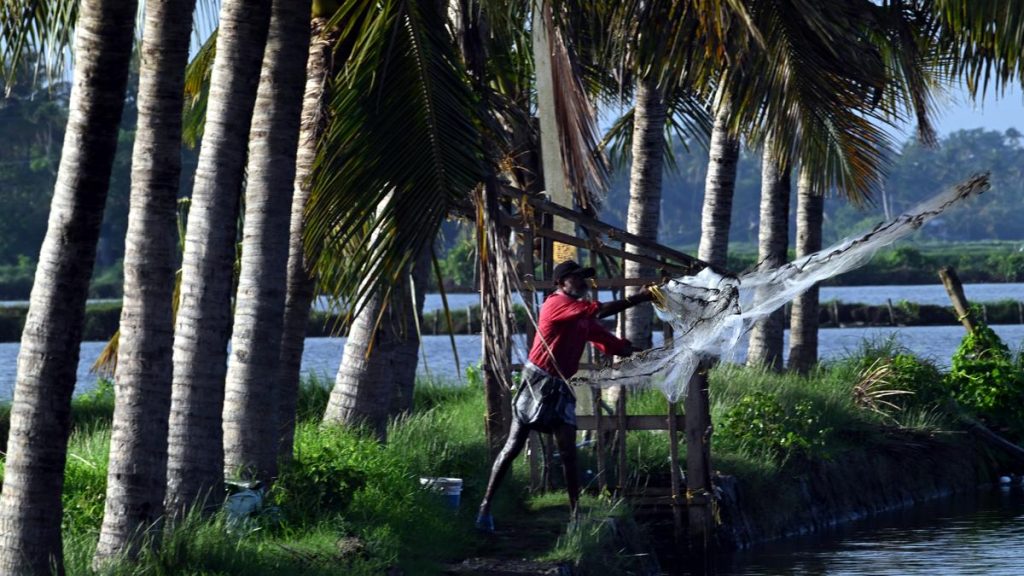Now Reading: Expert Panel to Chart Path for Visually Impaired Support
-
01
Expert Panel to Chart Path for Visually Impaired Support
Expert Panel to Chart Path for Visually Impaired Support
Fast Summary
- A visually impaired wild tusker, codenamed PT-5, has been living near forest fringes in Palakkad since 2013 and frequently raids crops.
- The elephant is partially blind in one eye and entirely blind in the other, confirmed after tranquilization on August 8 by veterinary surgeon Arun Zachariah.
- A report from an expert team led by forest veterinarian David Abraham will determine future actions for safeguarding PT-5 and addressing community concerns.
- Despite suggestions for intensive treatment through capture, veterinarians are cautious about this approach due to complications with treating elephants’ eyes.
- PT-5, aged approximately 30-35 years, has sustained injuries believed to be caused by interactions with other elephants rather than humans. Recent monitoring showed its movement across Kerala-Tamil Nadu borders via forest outskirts.
- Allegations from animal lovers on social media claimed pellet injuries caused by residents; however, forest authorities denied these claims, attributing wounds to natural herd encounters instead.
Image caption: tusker PT-5 photographed near velanchery fringes of Kanjikode in Palakkad.
Indian Opinion Analysis
The situation surrounding PT-5 highlights the complex intersection of wildlife coexistence and human agricultural interests in regions adjoining forests like Walayar range in Kerala. While current monitoring efforts appear diligent and measures are being taken to understand how best to address its condition without causing harm or undue stress-this underscores broader conservation challenges when dealing with solitary vagrant tuskers that become habitual crop raiders.
The debate over the elephant’s injuries reflects contrasting perspectives between local communities and animal welfare advocates but underscores the importance of balanced investigation strengthened by scientific evidence (as confirmed here). Irrespective of final recommendations from experts regarding relocation or continued monitoring without aggressive intervention-initiatives should prioritize both ecological integrity as well as reducing human-wildlife conflict sustainably.
























